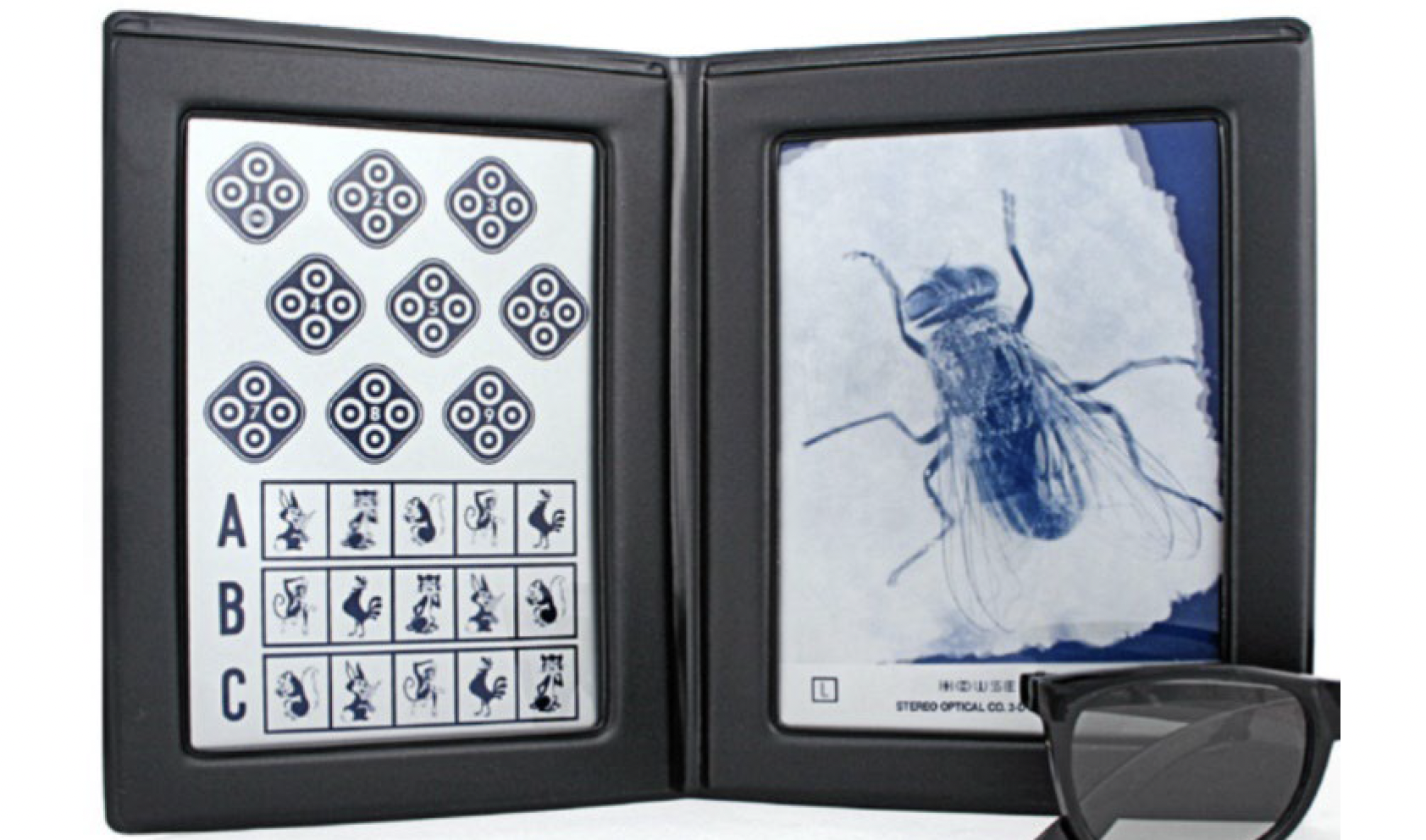
Estimates of stereo-blindness, the inability to see in 3D using stereopsis, often sit in the 5-10% range. At the Curtin University HIVE visualization facility, we regularly show stereoscopic content. During those demonstrations we invariably show a test random dot stereogram and it’s been our casual observation that the incidence of stereo-blindness amongst visits has been much lower than the 5-10% figure, perhaps as low as 2%. Our thought was that perhaps eye care has improved since the time that the original stereo-blindness studies were performed. A VR based user study was recently run in the HIVE, as part of a PhD project, with an aim to study distance perception in underwater virtual heritage experiences. Distance perception is facilitated by a range of visual cues, including stereoscopic vision, and as a result we screened participants for stereo-blindness. Using a standardized stereo test, we found approximately 5% of participants reported as stereo blind. This presentation will provide some background on stereo-blindness, and discuss issues related to measuring stereo-blindness and its likely prevalence in the general population. It will also provide an early look at the VR based user study investigating distance perception in underwater virtual heritage experiences.